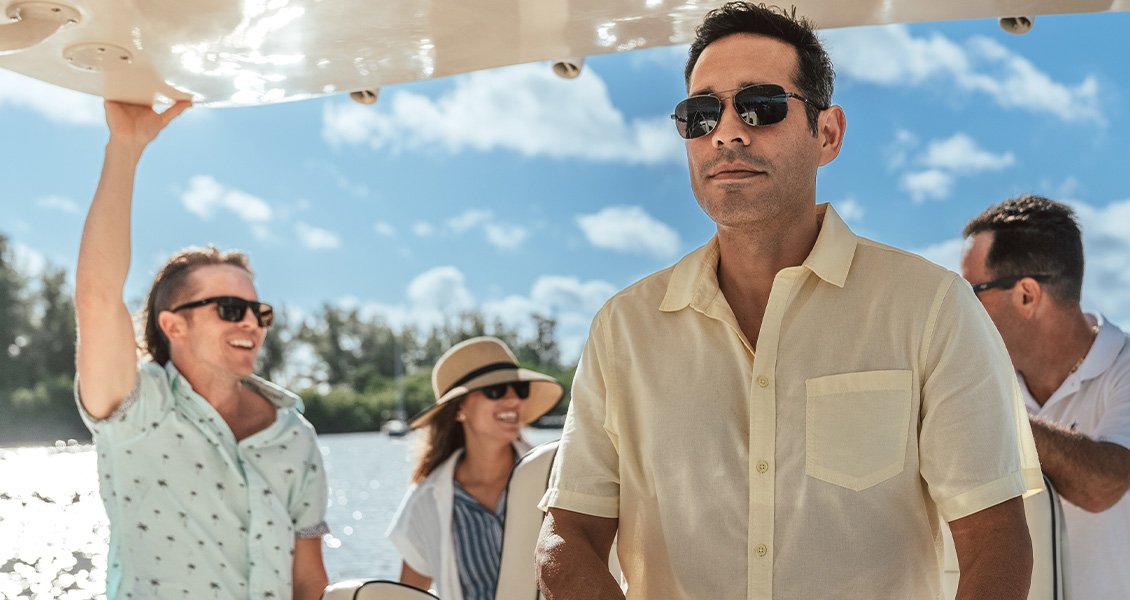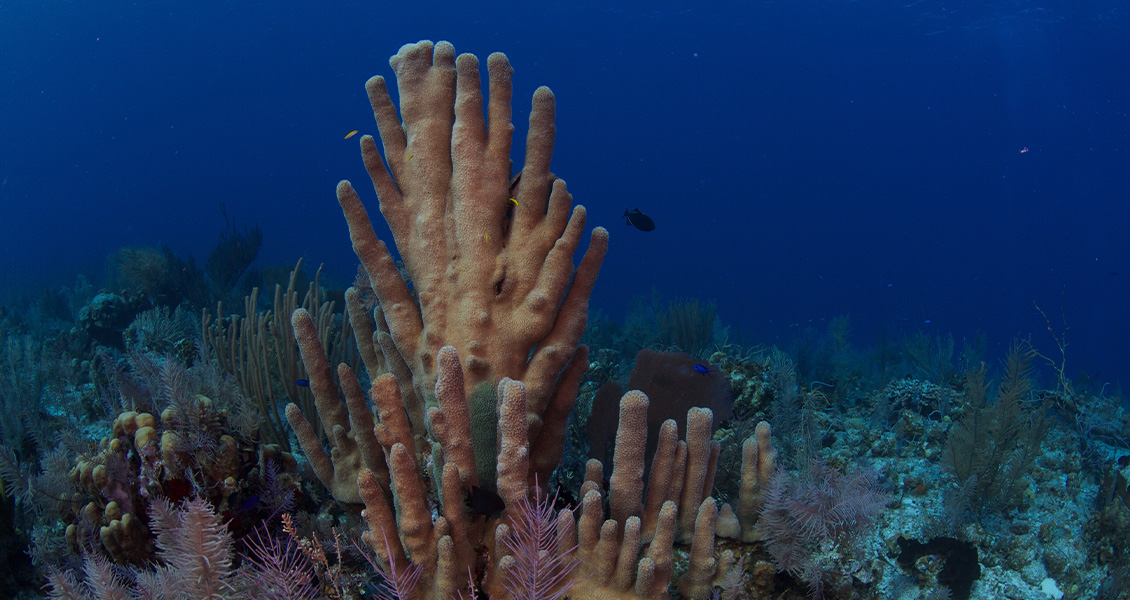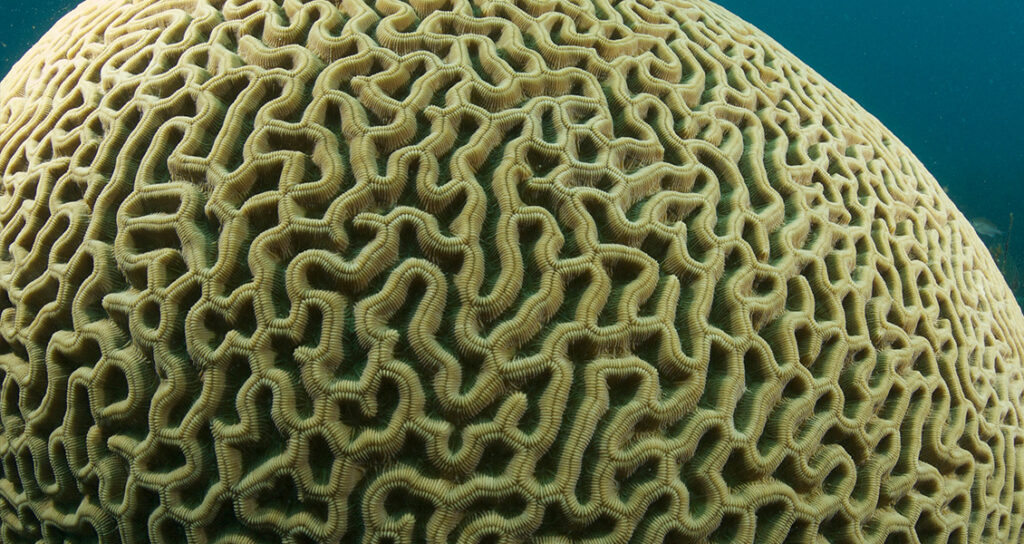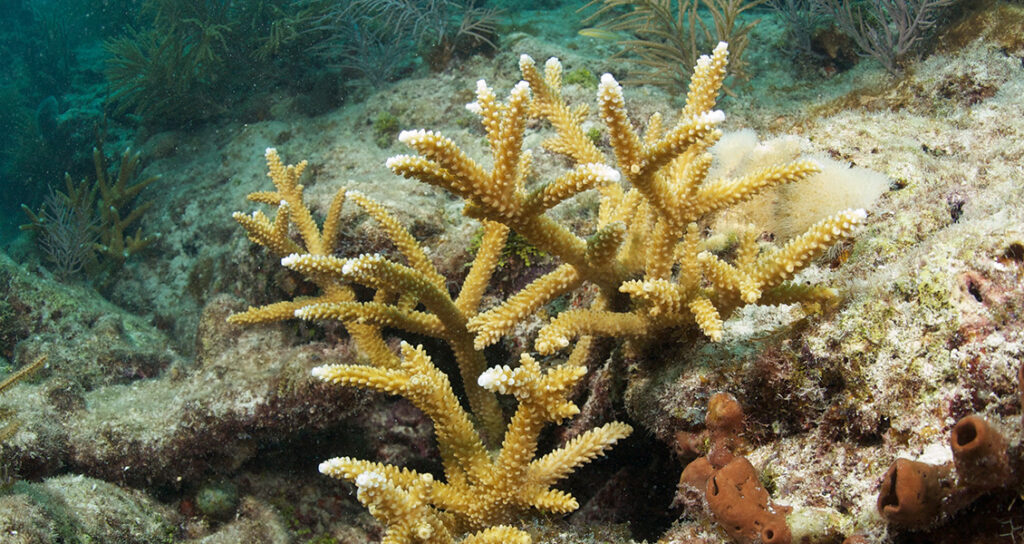Give your classic egg salad a twist by adding roasted sweet potatoes! This combination recipe of egg salad and sweet potatoes gives this side dish more texture and flavor from the sweet potatoes. There are a few more steps involved in this atypical dish than a classic egg salad, but we promise the tasty payoff will be worth it. You can also customize this salad however you’d like – no celery? Go for diced red onions instead. Or make it spicy with some cayenne pepper. You could use the typical dijon mustard/mayo combo as a dressing, or take it to the next level with an avocado crema, which gives the dish that same creamy texture with a slight twist. What is also great about this recipe is that you can prep the hard-boiled eggs and roasted sweet potatoes ahead of time – just store in the fridge until ready to use, assemble, and enjoy!
Ingredients: Makes about 12 servings
Salad Ingredients
1 -2 sweet potatoes (depending on how big they are), diced
2 tbs olive oil
6 hard-boiled eggs, diced
red onion, diced (TIP: let the diced red onions hang out in some cold water before assembling salad to soften that onion bite!)
chives, chopped
salt & pepper to taste
1 tsp paprika
1 tsp cumin
1 tsp cayenne pepper
Instructions:
- Preheat oven to 375 and put a pot of boiling water on the stove. This way, you can prep your potatoes and eggs at the same time!
- Dice sweet potatoes and lay on a baking sheet.
- Drizzle olive oil over the sweet potatoes and pop in the oven for 25 – 30 minutes until they are soft and the edges are slightly browned. Let the potatoes cool before adding them to the other ingredients.
- While the potatoes are in the oven, hard boil your eggs according to your preferred method.
- Dice up red onions and let soak in cold water for a few minutes to soften bitter taste; can dice celery here if using celery, instead.
- Dice chives.
- Once eggs are hard boiled and set in a cold water bath, dice these up, too.
- Add onions and/or celery, eggs, chives, and cooled sweet potatoes to bowl. Add spices and mix in.
- Add dressing of choice and mix to combine.
- Refrigerate before serving.
Traditional Dressing:
1/3 C mayo
Juice from 1/2 lemon
Dijon mustard
1 tsp paprika
salt & pepper to taste
Instructions:
Just mix all together in a bowl and pour over egg salad
Avocado Crema Dressing
1 ripe avocado; pinch of salt, pinch of pepper, 1/2 can of coconut milk; 1 juiced lime, 1 tsp hot sauce (or more if you want it spicy!); 1 garlic clove, 1/4 tsp onion powder
Instructions:
Blitz all ingredients in a blender until smooth and creamy. If the consistency is too thick, add a little bit of water to the mix and continue to blend until smooth. This crema is great on other dishes as well like tacos, sandwiches, or anything else you can think of.






